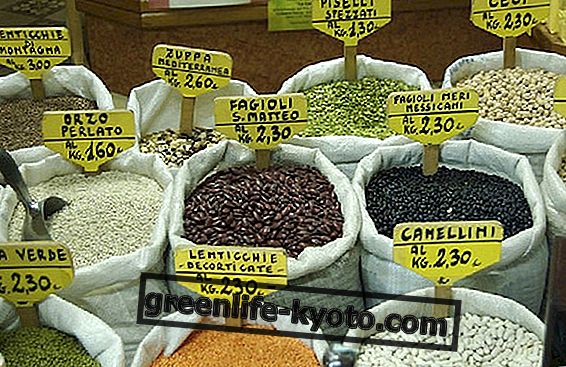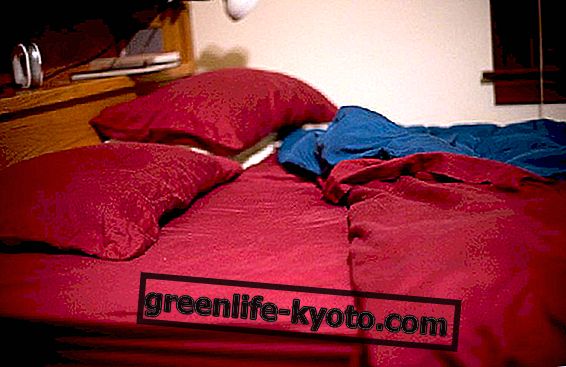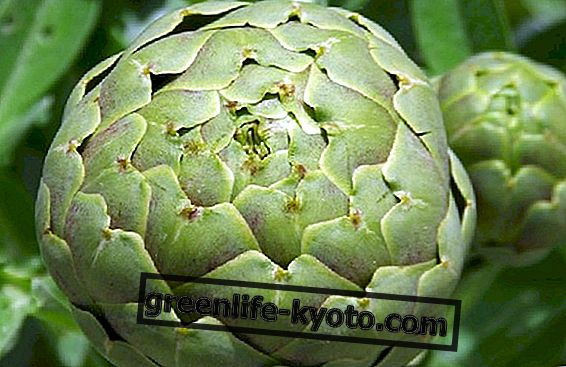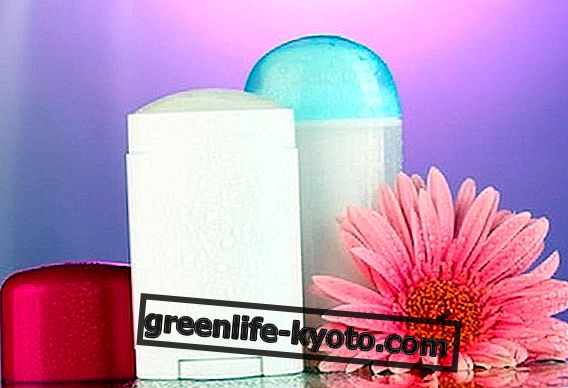
Legumes are the edible seeds of plants belonging to the Leguminosae family, they are a true source of nutritional wealth, especially fresh or dry and possibly organic ones.
Many legumes offer extraordinary health benefits, legume-rich diets are followed to lower cholesterol levels and reduce the risk of different types of cancer.
Legumes combined with cereals provide the body with complete proteins, more than "the meat of the poor" as they were once called, they could be called "the flesh of healthy people".
The nutritional value of legumes is primarily represented by the high content of proteins of good biological value because they are made up of essential amino acids. They are a source of carbohydrates and provide a minimal amount of lipids contained more in soy and peanut.
They offer a powerful antioxidant action, they also provide fiber, B vitamins and mineral salts such as iron, calcium, phosphorus, potassium and magnesium.
The properties of legumes
> They are rich in B vitamins (B1, B2, niacin)
> Contain vitamin C
> Contains calcium, iron, phosphorus, potassium, magnesium and many trace elements and fibers
> They are an excellent source of protein
> Chickpeas are indicated for those who are anemic and during pregnancy due to the intake of iron and calcium
> Beans are tonic and energetic
> beans and lentils have remineralizing properties
> lentils have galactogogic properties
> soy is highly proteinic and contains all the essential amino acids
The legumes eaten together with cereals, as in the typical popular dishes, pasta and beans, pasta and chickpeas, rice and peas, rice and lentils, are an excellent dish, complete with carbohydrates and proteins.
The different varieties of legumes
> Beans: Borlotti, Bianchi di Spagna, Toscanelli, Cannellini
> Lentils: from Castelluccio, Egyptian, from Altamura, red, peeled
> Chickpeas
- Peas
> Broad beans
> Soy
> Lupins
> Cicerchie
> Peanuts (yes, they are legumes, but with many lipids and very high in calories!)
Useful tips for preparing vegetables in the kitchen
> Soak several hours with a teaspoon of baking soda *
> Never use soaking water to cook
> Rinse them under running water before cooking them
> Cover them with water for cooking
> Cook for a long time (times are different for different types of legumes) and good
> Add a bay leaf *, or sage * or a piece of Kombu seaweed * during cooking
> Add salt only after cooking
* to avoid the production of intestinal gases
Because pulses cause flatulence
The components of legumes that cause flatulence are mainly oligosaccharides, compounds that the body can neither digest nor absorb, and so once they arrive in the intestine, the bacteria break them down and produce gas.
To reduce the amount of oligosaccharides that cause gas production, add sodium bicarbonate to the soaking water, and place a bay leaf, or sage, or a piece of Kombu seaweed during cooking.
Nutritional advice for legume consumption
> It favors vegetable and animal proteins
> Consume portions of legumes, nuts and other foods rich in vegetable protein
> Eat dried fruit and oil seeds every day
> Vary your food choices every day
List of pulses and kcal that contain every 100g of product
Chickpeas 364 kcal
Boiled dry chickpeas 164 kcal
Dried raw chickpeas 316 kcal
Edamame, green soy beans, frozen 110 kcal
Fresh borlotti beans 335 kcal
Borlotti beans boiled 136 kcal
Borlotti beans, canned 83 kcal
Cannellini beans 337 kcal
Cannellini beans, canned 113 kcal
Cannellini beans, boiled 140 kcal
Fresh beans 291 kcal
341 kcal black beans
Black beans, boiled, unsalted 132 kcal
Beans black eye 90 kcal
Black eye beans, boiled 97 kcal
Black eye beans, boiled and salted 94 kcal
Black eye beans, frozen 139 kcal
Dried beans 291 kcal
Boiled dry beans 102 kcal
Green beans 31 kcal
Fave 71 kcal
Shelled broad beans 341 kcal
Broad beans, boiled and salted 62 kcal
Soybean sprouts 49 kcal
Soy burgers 177 kcal
Lentils 353 kcal
Lentils, read 116 kcal
Peas 81 kcal
Peas, boiled 42 kcal
Peas, without pod 42 kcal
Peas, frozen 42 kcal
Soybean 122 kcal













